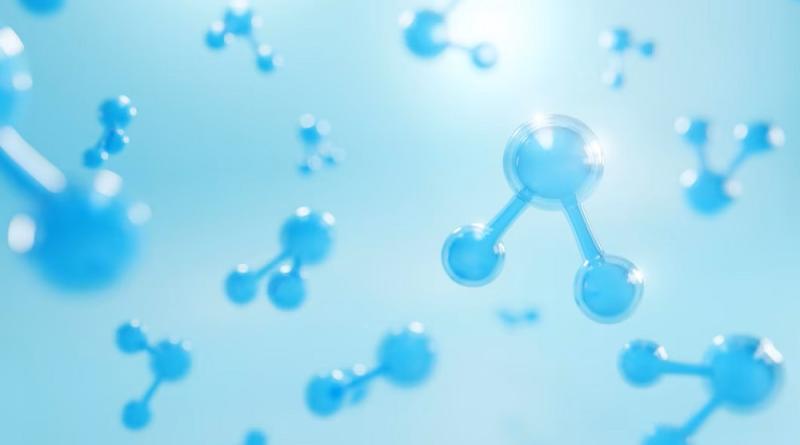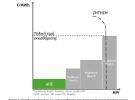U.S. could be understating global warming impact of blue hydrogen: IEEFA report

This report is the first in a series that the organization is planning, which will include analyses of producing hydrogen from coal and renewable natural gas.
The U.S. government could be significantly understating the global warming impact of producing hydrogen from fossil fuels, according to a new report from the Institute for Energy Economics and Financial Analysis (IEEFA).
The report takes a closer look at blue hydrogen – which can be produced from natural gas or coal, both of which contain methane – and its authors analyzed the carbon intensity of the fuel, looking at potential methane emission rates, leakage, as well as the effectiveness of carbon capture technologies.
“The findings in the current report are clear – producing hydrogen from natural gas is not clean, not low-carbon, and cannot and should not be considered a solution in our efforts to solve the world’s worsening climate change crisis,” said David Schlissel, director of resource planning analysis at IEEFA and co-author of the report.
The 2021 Bipartisan Infrastructure Law and the 2022 Inflation Reduction Act have promised billions of dollars to establish hydrogen hubs around the country, and give production tax credits to the production of hydrogen as well as carbon capture and sequestration, Schlissel said.
“We decided it was important to look at whether in fact blue hydrogen is clean and if not, in what circumstances it would not be clean,” he added.
This report is the first in a series that the organization is planning, which will include analyses of producing hydrogen from coal and renewable natural gas, Schlissel said.
IEEFA’s report points to four ways it says the U.S. government is significantly understating the global warming impact of producing hydrogen from fossil fuels. First is the assumption that just 1% of the methane used to produce hydrogen will be emitted into the atmosphere between the well and production facility, which the authors say is far less than recent scientific analyses have indicated.
Second is the focus on the 100-year global warming potential of methane, which is actually much lower than its 20-year global warming potential, according to the report.
Methane has a very high 20-year global warming potential, which declines over time, Schlissel said.
“If you only focus on the 100-year figures… the impacts of methane in hydrogen are significantly smaller and that leads to an undercounting of their impact on global warming in the short term,” he said.
The third factor is that the government assumes hydrogen does not have any effect on climate change when it leaks into the atmosphere, according to the report.
And the fourth is the reliance on “overly optimistic and unproven assumption that hydrogen production projects will be able to capture almost all of the carbon dioxide they create.”
In the case of hydrogen, the DOE has mandated a well-to-gate lifecycle analysis of emissions, which for blue hydrogen includes upstream emissions related to the production and delivery of natural gas, as well as emissions related to the electricity generation for hydrogen production and carbon dioxide management, Anika Juhn, IEEFA analyst and co-author of the report, said.
However, except for some of the emissions related to the transport and storage of captured carbon dioxide, the life cycle analysis covers emissions only up to the back gate of the production facility, she said.
“As a result, the downstream emissions related to hydrogen are not included,” said Juhn.
According to the report, if more conservative assumptions are used for carbon capture rates, downstream hydrogen leakage, and downstream carbon emissions from the production of electricity needed to compress, store and transport the hydrogen, “then blue hydrogen gets even dirtier, with a carbon intensity more than three times as much as the DOE’s clean hydrogen standard.”
Image: FP_atkwork on Freepik






